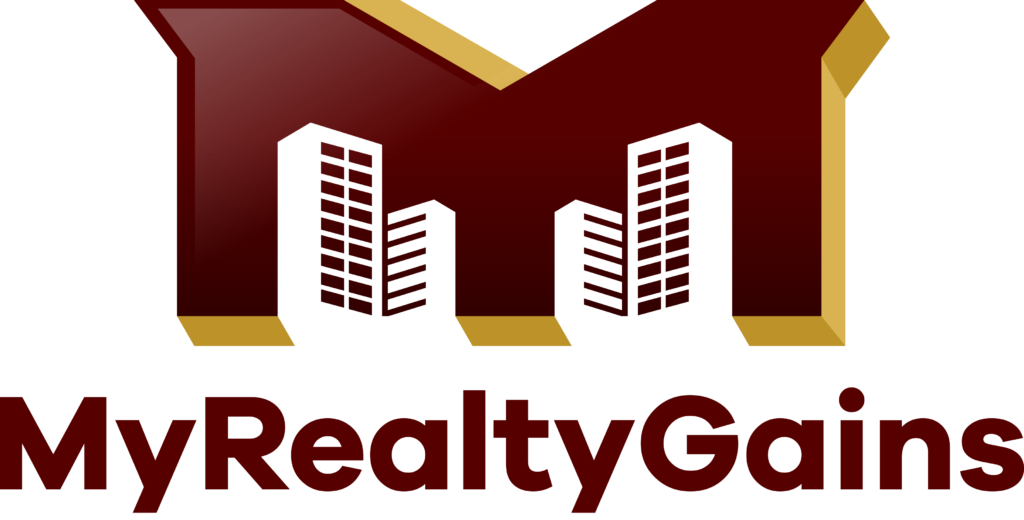Top 10 Tips for Underwriting a Value-Add Apartment Community (Part-2)
A land investor with little experience faces tons of difficulties within the area of underwriting real estate deals. That’s because he could be handling deals that aren’t fruitful for him or he could be missing out on productive deals. Both situations aren’t good for him. So underwriting land deals is often difficult but if you follow some essential tips, they will lead you to success.
Here are some tips for properly underwriting a worth add apartment community
1. Understand the difference between market rent and actual rent, and between economic and physical occupancy
Let’s understand by example. Once you do a daily small deal you almost certainly check out the particular rent then you analyze the documents, company figure, and what the rent might be that you simply need to take over. But the performance may be a bit different because it’s such an outsized scale that the tiny amount of decrement can cause a large impact on your revenue. So it’s vital to understand the difference between actual rent and market rent once you are underlying a deal. Therefore, the actual rent is the rent that’s been collected and the actual lease while the market rent is what proportion the unit should be rented for consistent with the market standards. Now sometimes these rents could be equivalent but if not then the difference between them has named the loss to lease. Loss to lease is the loss caused due to the particular rent being below the market rent.
Physical and Economic Occupancy
- The physical occupancy is the proportion of units that are occupied by tenants while an economic percentage is the proportion of the gross potential rent that’s collected. If a niche between physical and economic occupancy rates is critical, it means less revenue is coming in, which can have an enormous negative impact on profits.
Several reasons affect economic occupancy additionally to having vacant units, one among them is the gap between the time one tenant moves out of a unit and another tenant moves in. You would possibly offer discounts to draw in tenants, like half of the primary month’s rent. Some people may leave owing you money. It’s often useful to possess the apartment manager, maintenance person, or a watchman living on the premises. Typically, these employees aren’t charged rent. This policy features a lot of advantages, but it does reduce the quantity of money coming in monthly.
2. Base the tax expense on the purchase price, not on the current tax expense
You need to stabilize the tax submission and the actual purchase price. For this, you can visit the local article workplaces site and find out what the tax rate is. The next is the tax you use, this is important because you don’t look at deals sometimes and where tax plays an important role and can have a huge impact on your expenses. So make sure you use the correct tax number when you calculate the purchase price.
Therefore, the tax expense should be based on the purchase price and not on the current tax expense.
3. Calculate the inside and exterior renovation budget
Sticking to a budget is usually a big challenge and creating an outsized project you’ve never done before is a bigger challenge. Here are some questions that you simply got to ask yourself or the owner to assist you to recognize the inside renovation cost.
- How many units were renovated by the present owner?
- What were the particular upgrades?
- How long it took them to renovate those units?
- What premium was achieved?
With the answers to these questions, you’ll have the thought of interior renovation cost. But for exterior renovation, when it involves land, you simply get one chance to form an honest first impression, that’s why a property’s exterior is one of the foremost important parts. It gives potential buyers, tenants, and an honest idea about what’s inside. If you’re hoping to spice up a given property’s overall aesthetic, an exterior renovation may be a great strategy. But it’s a difficult task so you want to need an advisor or a business partner which will guide you for the outside renovation.
4. Need of an operating fund
The operating fund is employed for expenses incurred within the day-to-day operations of the community. These are expected expenses that happen daily, weekly, or monthly.
Hereare the expenses covered by the operating fund:
- Services (housekeeping, landscaping, maintenance, security, trash disposal, etc.)
- Utilities (electricity, water, gas, sewage)
- HOA Management (HOA manager salary, office supplies, postage)
- Insurance
- Accounting Fees
- Legal Fees
- Taxes
- Software Fees
As you’ll see, the operating fund covers tons of things. These expenses represent a huge part of your community’s financial transactions and that depends upon the community’s size and assets.
5. Calculate the profits at sale
The sales margin may be a vital metric to reveal how profitable each item sold is to your business. You’ll calculate the sales margin for a private sale, a gaggle of sales, or all transactions over a specified period. The sales margin measures what proportion of each dollar in sales stays with the corporate as gross profit margin after accounting for the value of the things sold. By analyzing sales margins, you’ll determine which items you sell are the foremost profitable. However, a shortcoming of sales margin doesn’t account for other costs of doing business, like sales costs and overhead.

Prashant Kumar, CCIM
If you’re still wondering where to
start from,we can have a
one-on-one Session.
© 2022 My Realty Gains. Created by Fooracles. All rights reserved





